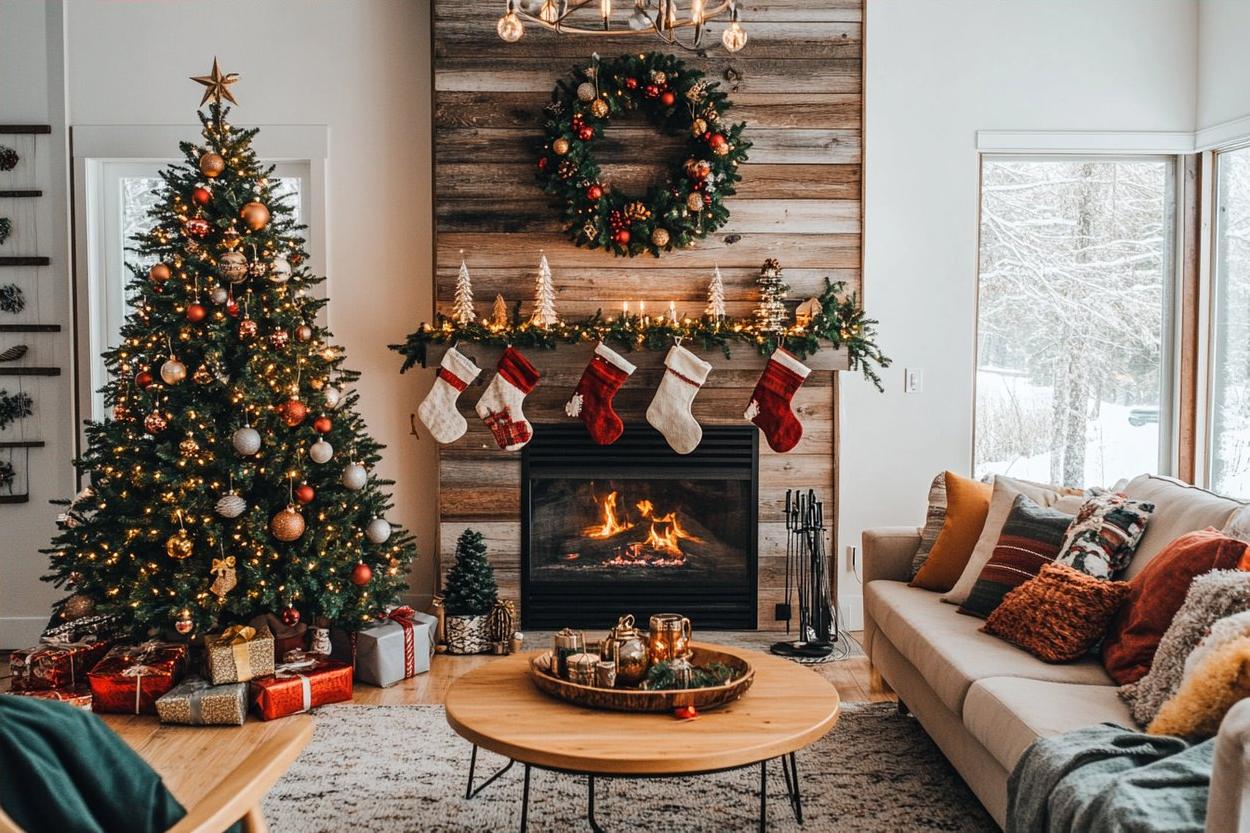Christmas Decoration Ideas: Tree Choices and Holiday Alternatives
When planning Christmas decoration for your home or shared spaces, a simple roadmap helps turn ideas into a cohesive display. Start by defining the mood you want—cozy, modern, minimalist, or festive—and pick a small set of colors or textures to repeat throughout. Consider how much time and storage you have, whether a natural or artificial tree fits your needs, and whether you want to try alternatives that suit small spaces or sustainable priorities. Good planning reduces clutter and makes decorating more enjoyable.

christmas: Where to start with decorations?
Begin by surveying the space you intend to decorate. Note focal points—windows, mantels, entryways, and the area for a tree—and measure them roughly so scale feels intentional. Decide on a color palette of two to three primary colors (for example, evergreen plus metallics or white and a single accent) and choose complementary textures such as wood, glass, or fabric. A consistent palette ties disparate pieces together and helps you reuse items across seasons or years.
A realistic timeline keeps the process manageable: sort and declutter first, then test lights, and schedule time for any DIY projects. If you work with others in the household, agree on which areas each person handles to avoid overlap.
holiday: Choosing colors and themes
Holiday themes can be thematic (Scandinavian minimalism, vintage, rustic) or centered on a color story (monochrome white, jewel tones, or natural greens). When choosing a theme, think about existing furniture and wall colors so decorations complement rather than compete. Metallics like brass or silver add contrast and catch light, while natural elements—pinecones, burlap, fresh greens—add warmth and texture.
Mixing one handcrafted element with a few store-bought pieces makes a display feel personal without requiring extensive crafting. Lighting is a key factor: warm white bulbs create a cozy feel, while cooler tones can feel modern and airy. Layer lighting with string lights, candles (real or LED), and lamp accents to achieve depth.
decoration: Mix of DIY and store-bought
Balancing DIY and store-bought decoration can save money and create unique touches. Handmade garlands, simple wreaths, or painted ornaments are accessible projects that personalize your display. Reserve store-bought items for pieces that require durability or complexity, such as a well-made tree skirt, a glass ornament set, or outdoor-safe lights.
For long-term planning, choose versatile items—neutral stockings, plain ornaments you can redecorate each year, or reversible tree toppers—that can be refreshed rather than replaced. Keep a small inventory list of what you own to prevent overbuying and to rotate items for visual variety each season.
tree: Choosing types and placement
Selecting the right tree depends on space, allergies, maintenance, and aesthetics. Real trees offer scent and tradition but require watering, disposal, and extra floor protection; artificial trees reduce maintenance and can be reused for many years. Consider compact or slim-profile artificial trees for small spaces, or a potted live tree if you want something that can be replanted after the season. Placement is equally important: position the tree near a power outlet for lights, away from heat sources, and with enough room for safe foot traffic.
When decorating the tree, start with lights (if used), then add garlands, ornaments, and a topper. Balance heavier or larger ornaments toward the bottom and distribute colors evenly. If you use string lights, wrap them from trunk to tip for depth rather than looping only around branches.
alternatives: Creative options beyond a tree
If a traditional tree isn’t practical, there are many alternatives that retain the holiday spirit. Wall-mounted branches, wooden or metal frame trees, stacked boxes with lights, or a ladder decorated with garlands can be visually striking and space-efficient. For small apartments, a tabletop tree, a hanging ornament mobile, or a curated shelf display can provide a focal point without consuming floor space. Eco-conscious households might display a collection of potted plants arranged with seasonal ornaments or reuse everyday items to create a minimalist “tree.”
These alternatives also offer safety advantages in homes with pets or small children. Consider using adhesive hooks for wall options or secure bases for freestanding structures. Local services such as community craft workshops or seasonal pop-up markets can offer supplies and inspiration that fit different budgets and styles.
Conclusion
Thoughtful Christmas decoration starts with a clear plan: choose a consistent palette, pick decorations that suit your space and lifestyle, and decide whether a traditional tree or an alternative approach works best. Combining a few handcrafted elements with durable store-bought pieces keeps displays fresh year to year. With modest planning and attention to scale, lighting, and texture, your holiday space can feel cohesive, safe, and welcoming without unnecessary expense or clutter.






